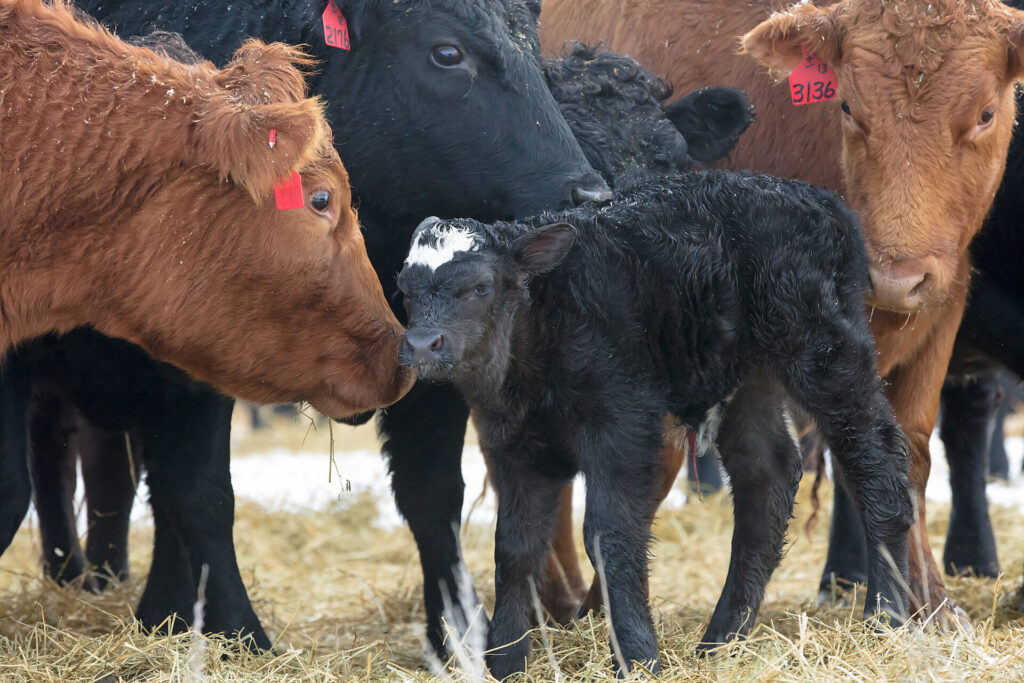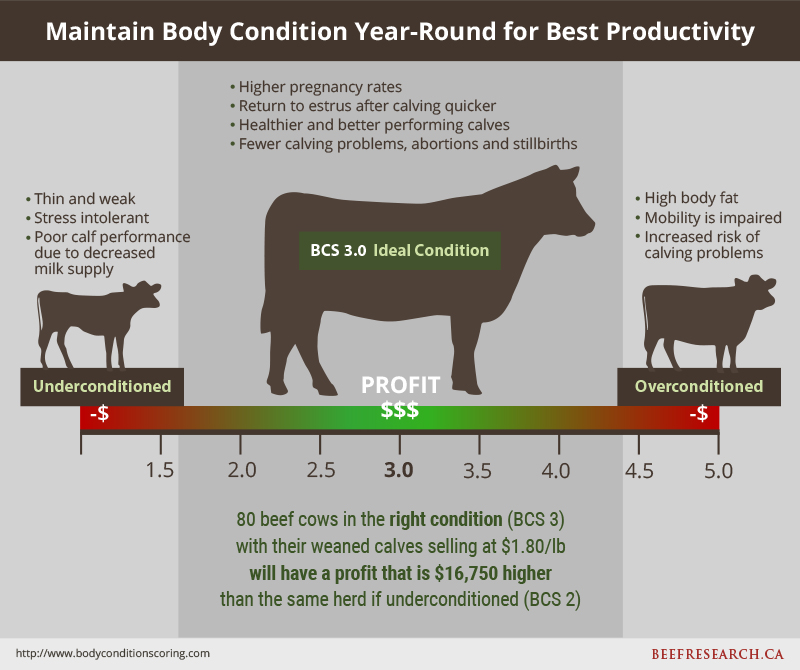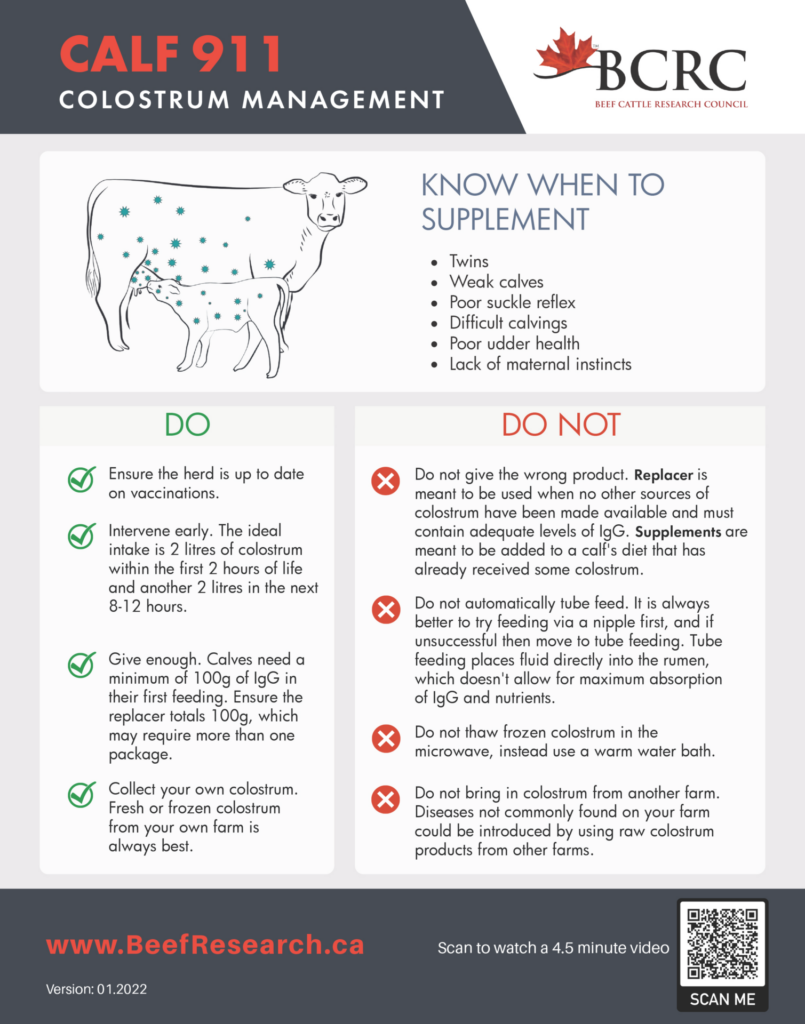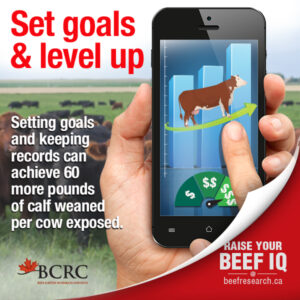Ready or Not, Calving is Coming -- Plan Ahead for a Streamlined Calving Season

There are many aspects of a producer’s day-to-day life that are out of their control. The weather, including precipitation, winds and plummeting temperatures, can test the best-made plans in the most organized of operations.
Producers all hope for a smooth calving season with predictable weather conditions and adequate feed inventories, but will sleep easier knowing that they have a plan if things go in a different direction. Long before the first calf hits the ground, there is much that can be done to decrease the stress and workload during a busy season. Focusing on four main aspects of planning can ensure a safe and successful calving season.
1. Prevent disease before it starts by having a biosecurity plan.
- Avoid comingling any new cattle with pregnant cows and implement strict quarantine times for animals coming back to the main herd.
- Separate classes of cattle into different areas so you can manage risk based on what group is most susceptible to disease. Naïve animals such as first calf heifers and new calves should be kept in the highest risk category. Consider implementing a calving strategy to help minimize calfhood disease.
- Print off a Google map of your calving areas so you can strategically plan how to move through groups of cattle in your day-to-day chores to prevent the spread of contaminants to high-risk animals.
- Eliminate possible contaminants such as old feed piles, manure and deadstock. Think ahead to spring melt and be prepared for wet areas and how drainage can lead to standing stagnant water and disease reservoirs. Always have adequate dry bedding available when it is not possible to move cattle to clean and dry areas.
- Clean your equipment. Ensure that the loader tractor you used to spread manure in the fall has been properly cleaned and disinfected before using it to bed new calves.
- Create areas on your farm specifically for sick animals. Ensure those animals do not share water or have cross-fence contact with healthy animals. Never place sick animals in the same area as naïve animals, such as first-calf heifers.
2. Use your feed wisely and allocate according to animals’ nutritional requirements.
- Evaluate the body condition score of your herd and decide if changes need to be made in order to raise or lower the score.

- Test your feed and use the results. Ensure that you are feeding the appropriate ration as the cow herd enters the production stage with highest nutritional requirements.
- Review your feed budget. Are you still on track with your fall feeding plan? Measure your inventory, calculate your feed use and make sure you have enough minerals or supplements to get you through the busy season.
- Consider access to your feed supply. As the snow piles up or the frost comes out of the ground are you able to easily access all feed sources?
3. Ensure your herd health management is on point; healthy cows make healthy calves.
- Make certain your cows are properly vaccinated to ensure quality colostrum.
- Discuss your calving plan with your veterinarian. This will ensure that your Veterinary-Client Patient Relationship (VCPR) is current so you can access timely advice and medications if problems arise.
- Stock your farm’s medicine supply with the appropriate medications in case of illness and develop protocols on how and when to use them.
- Clean your calving supplies, keep them in good working order and readily available.
- Stock quality colostrum supplements and/or replacers.
- Prepare calving sites and plan for adverse weather events. This includes being able to access handling facilities in case of an emergency. Always have a plan or a readily accessible trailer in case you need to haul an animal to the veterinarian.
In simple terms, a VCPR means that your veterinarian understands your operation, your management practices, your herd and common health issues well enough to provide meaningful advice and oversight.

4. Set goals and level up your record-keeping.

- Evaluate last year’s calving records. Address the problem areas and refine what went well.
- Decide what data you would like to capture and what you plan to do with it.
- Update your protocols including any prescriptions that may be needed.
- Take the opportunity to train any staff or family members who may not be fully up to date on the record keeping process. Explain any new systems and stress the importance of consistent records.
Learn More
- Calving Tips to Remember This Season (BCRC post)
- Steps to Reduce Disease in Newborn Calves (BCRC webinar)
- Getting the Dirt on Cleaning Versus Disinfecting (BCRC post)
- How Fresh Pens and Pastures Prevent Calf Losses (BCRC post)
- Feeding Decisions Are Important Breeding Decisions (BCRC post)
- Cattle Vaccines Are Cheap Insurance (BCRC post)
- Protect Your Investments (BCRC post)
- Calf 911 Videos (BCRC videos and checklists)
- Setting Records – Calving Season Data Collection (BCRC webinar)
Le partage ou la réimpression des articles du blog du BCRC est bienvenu et et encouragé. Veuillez mentionner le Conseil de recherche sur les bovins de boucherie, indiquer l’adresse du site web, www.BeefResearch.ca/fr, et nous faire savoir que vous avez choisi de partager l’article en nous envoyant un courriel à l’adresse info@beefresearch.ca.
Vos questions, commentaires et suggestions sont les bienvenus. Contactez-nous directement ou suscitez une discussion publique en publiant vos réflexions ci-dessous.